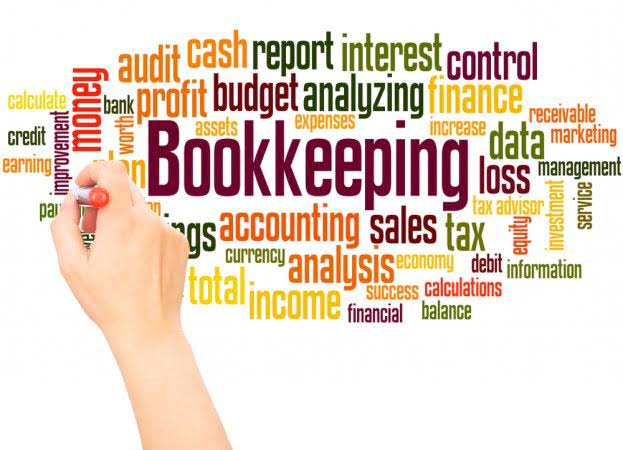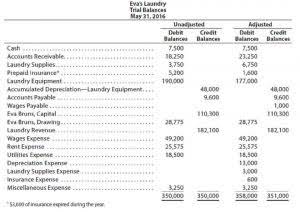Opening balance sheet definition
- Home
- Single Blog
Opening balance sheet definition

And depending on the nature of line items of the financial statements, the balances law firm chart of accounts would either be on the credit side of the debit side of the ledger. Analyzing this balance with the cash flow statement helps in preparing for business operations. A beginning cash balance isn’t just cash at hand when a new period starts. This balance is key for planning upcoming financial actions and reviews.

Definition of Beginning Cash Balance

With your assets and liabilities recorded, as well as any owner equity which has been invested in the company, your opening balance sheet can be drawn up. A balance is described as being “carried down” (c/d) when it is carried down from one accounting period and onto the next. It is synonymous with the term “closing balance” which is explained in more detail above. In other words, the balance c/d of one year becomes the balance b/d of the next.
- If the debit side exceeds the credit side, then the balancing figure (say balance c/d) appears on the credit side of the ledger and vice-versa.
- This link helps understand cash operations and business performance overall.
- Remember, these calculations provide valuable information about the financial position and performance of a business.
- She is a licensed CPA in Minnesota and is a member of the State Board of Accountancy.
- These balances are usually carried forward from the ending balance sheet for the immediately preceding reporting period.
Browse more Topics under Financial Statements

Let’s take a minute or two to get to grips with these concepts. A very simple example can illustrate how the opening balance of a company is calculated. When a company first begins operations, its very first opening balance will be zero, unless funds have been spent before the company was established.
Balance Sheet and Opening Entry
- Total both the debit and credit sides of the account In the T account above the debits total is 350 (200 + 150), and the credits total is 180.
- He is a four-time Dummies book author, a blogger, and a video host on accounting and finance topics.
- Understanding the cash flow statement is key for anyone in finance.
- Spotting these changes is crucial for determining financial stability and business capability.
- This is because they can be easily changed to meet a business’s specific needs.
- It lists all revenues and expenses, finishing with the net income.
Understanding the cash flow statement is key for anyone in finance. This look at money movement helps understand a company’s financial health over time. A newly started business will not have any closing balances for the previous accounting year that has to be carried forward. Instead, the investments and capital of the business will be entered as opening balance for bookkeeping the current accounting year. Yes, closing stock is included in the balance sheet as a current asset.
Fix beginning balance issues in QuickBooks Desktop
We looked at how to understand your cash situation with some examples. Like Company A with a net cash flow of £50,000, Company B with £300,000 in operating cash, and Company E with £125,000 in free cash. These cases what is opening balance equity show how vital it is to know about cash flow for smart business choices. It shows money available for growing the business, paying dividends, or reinvesting.




